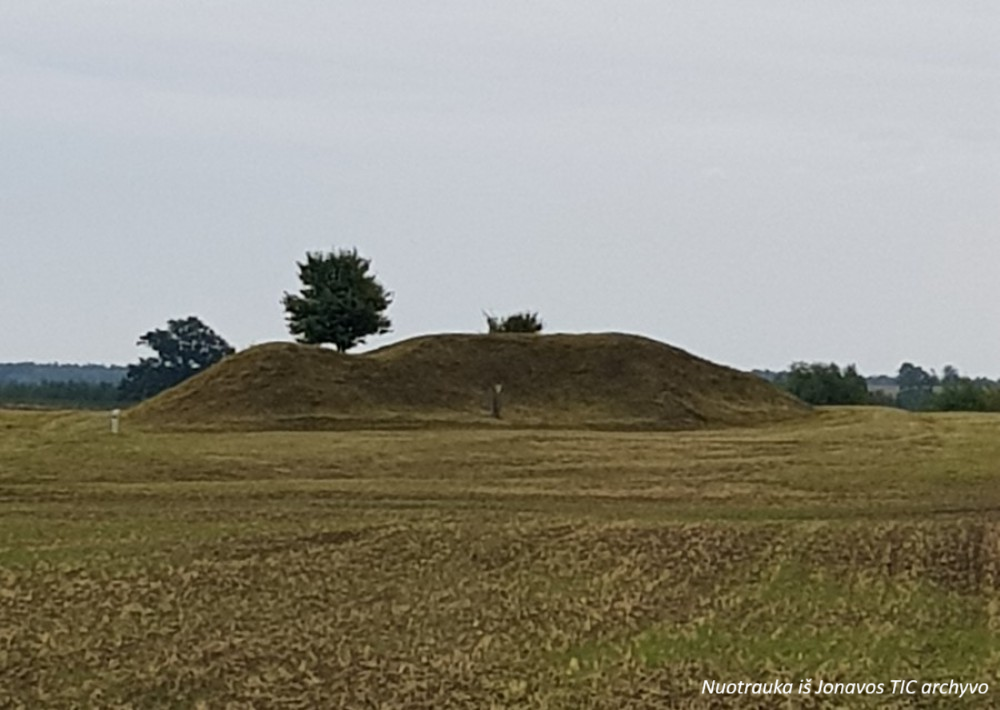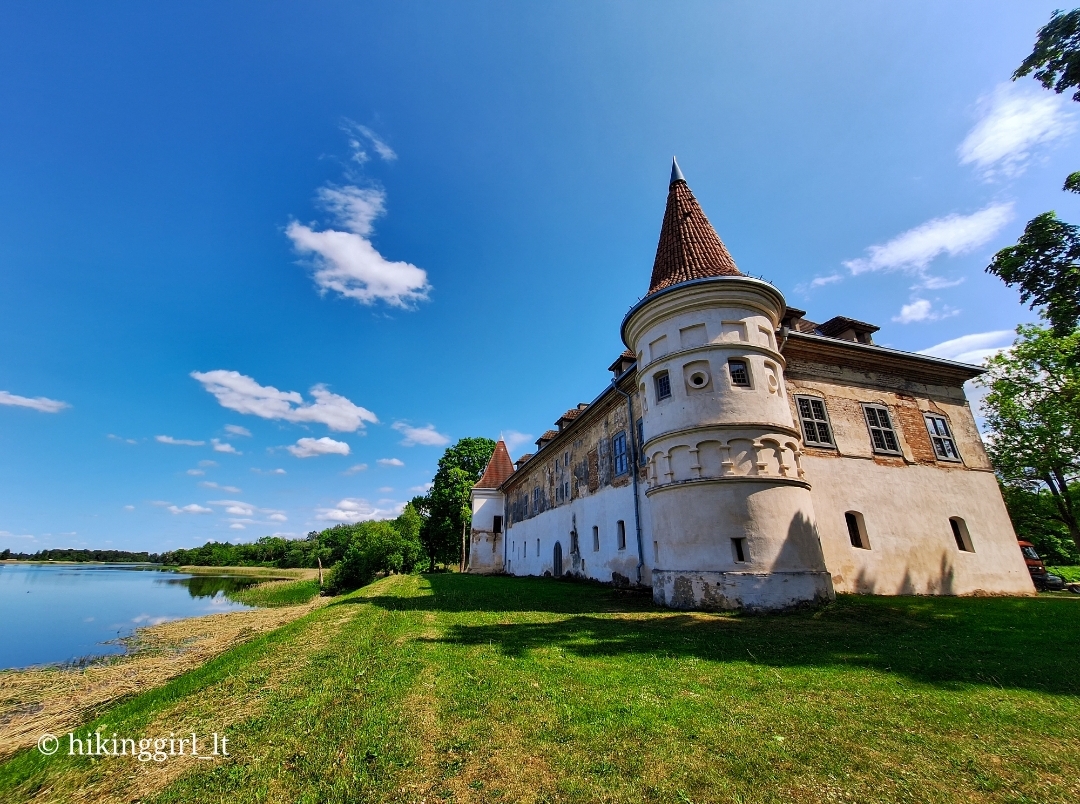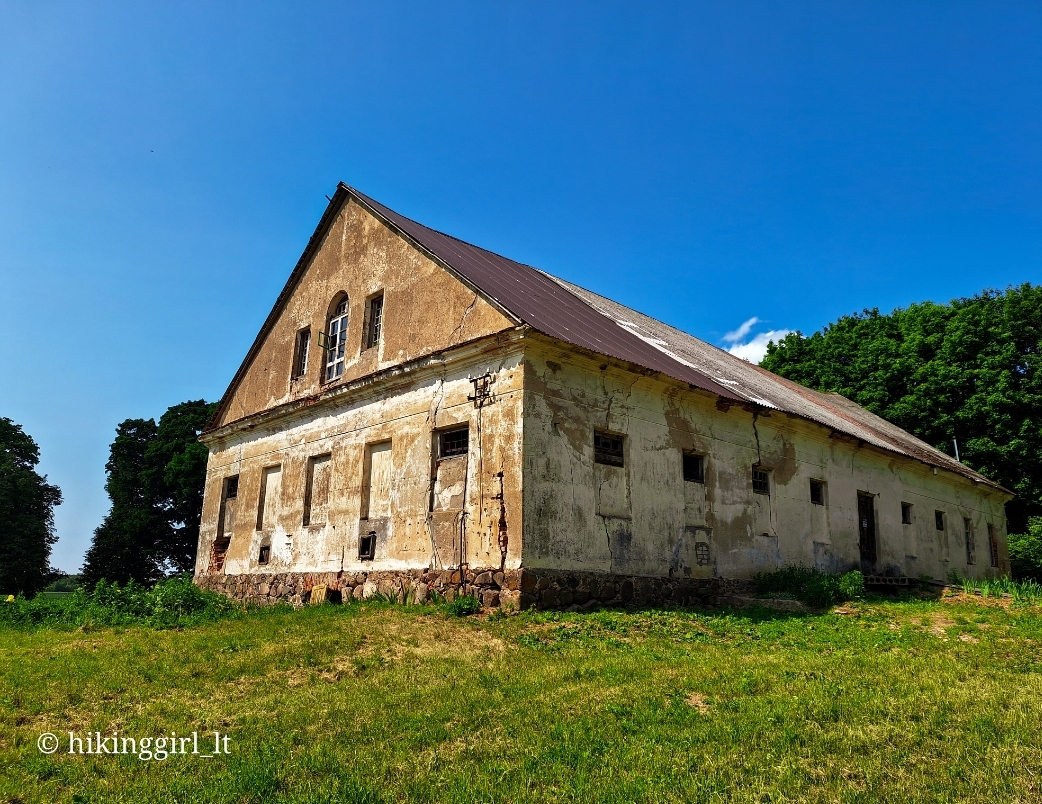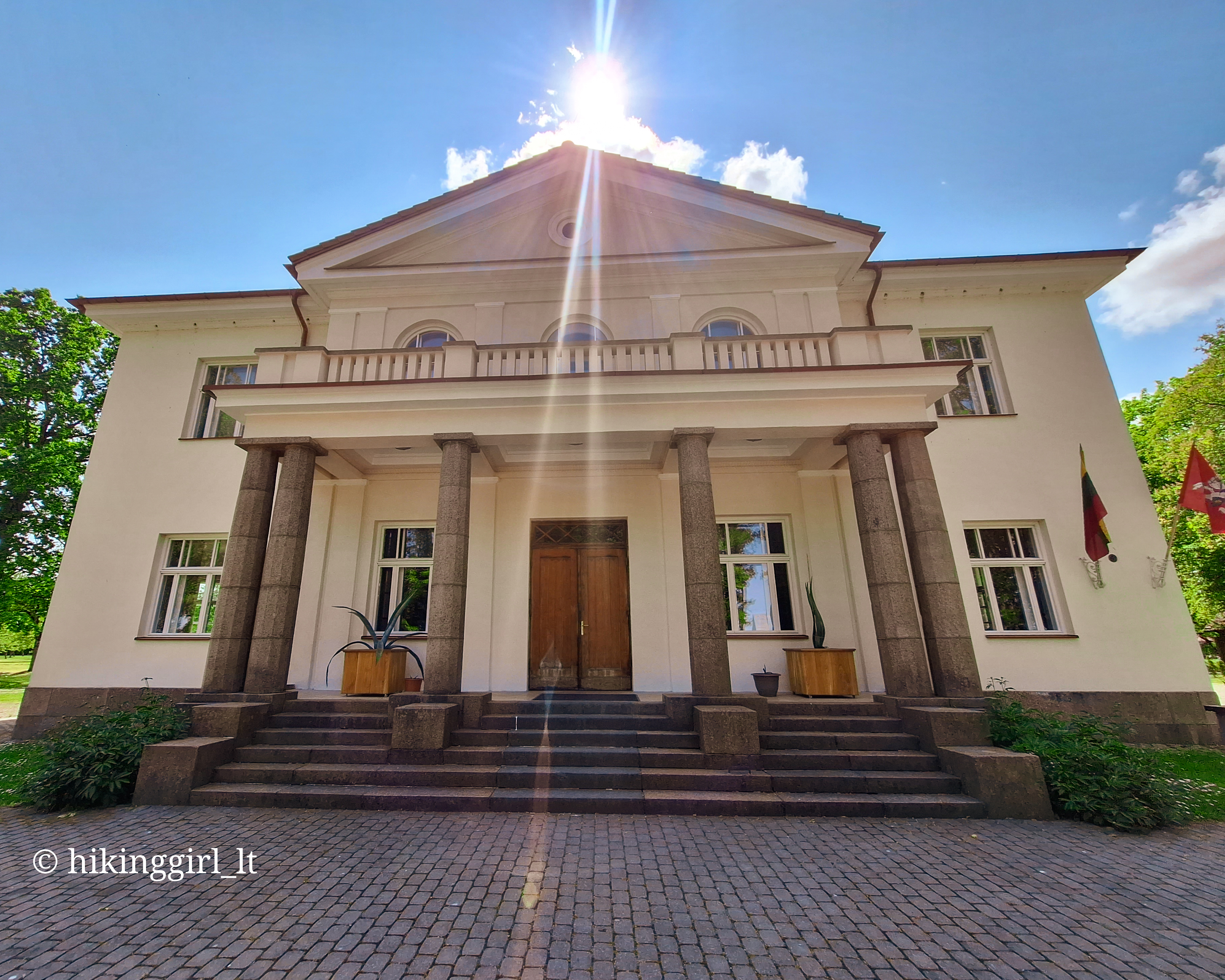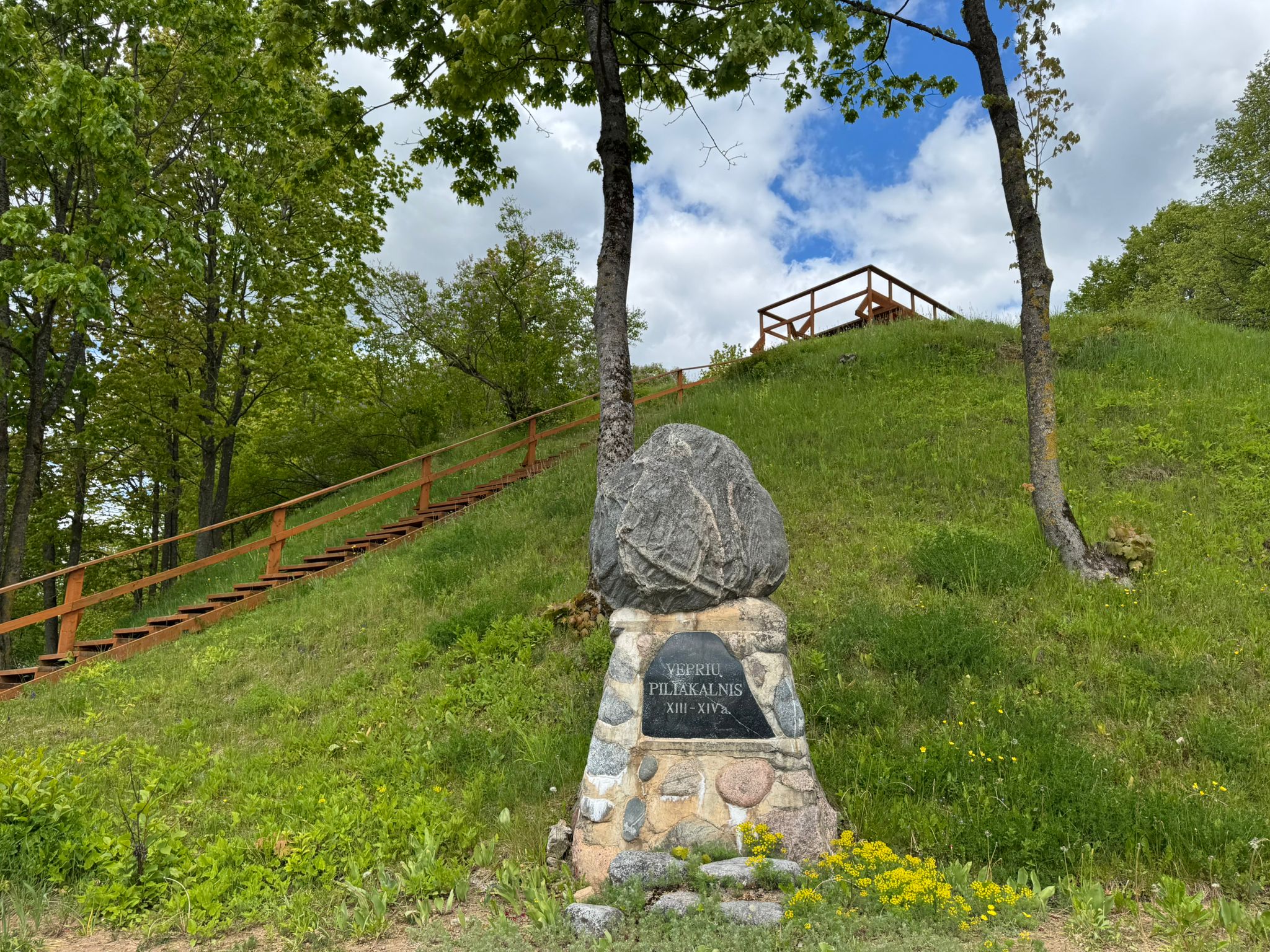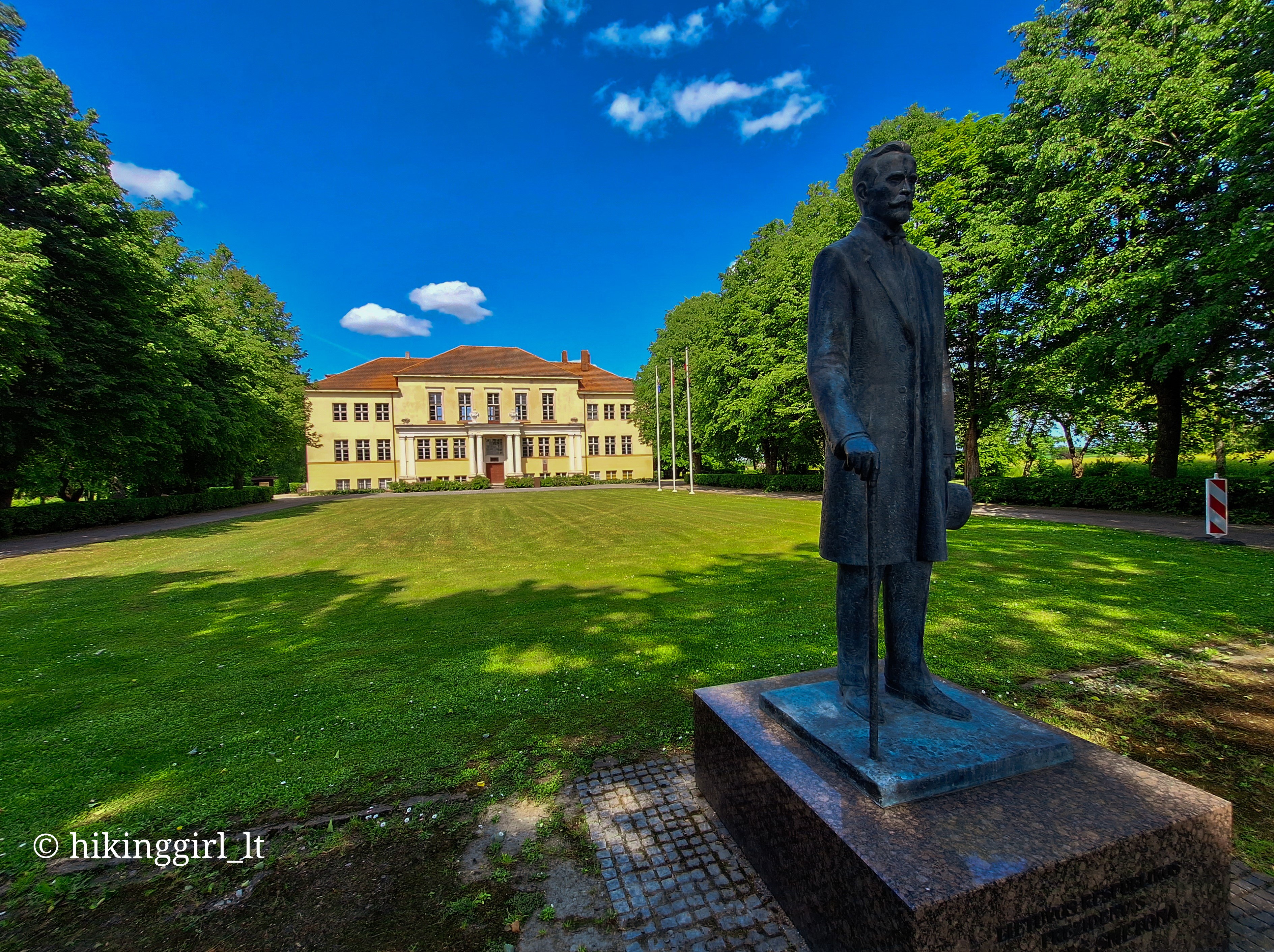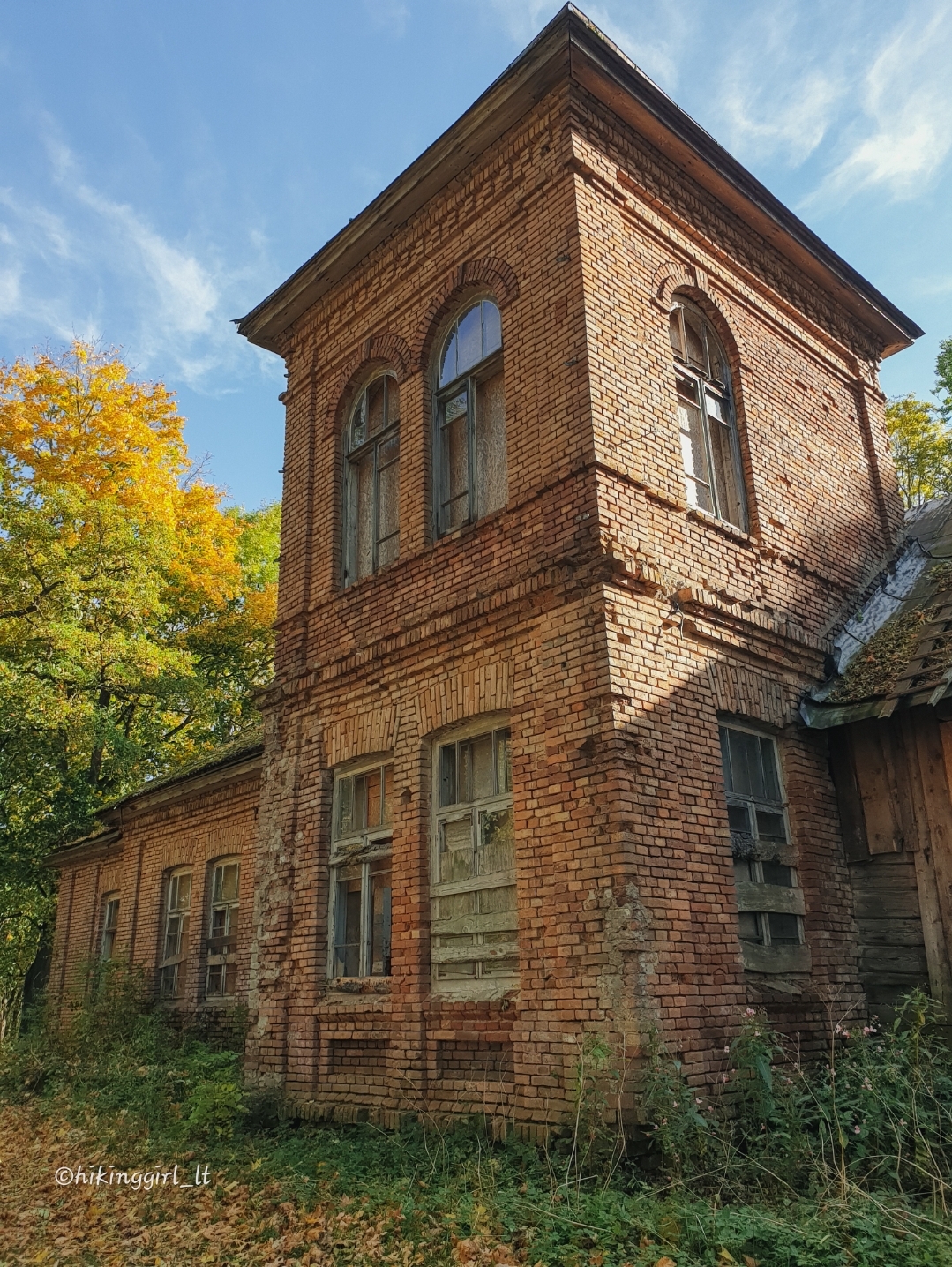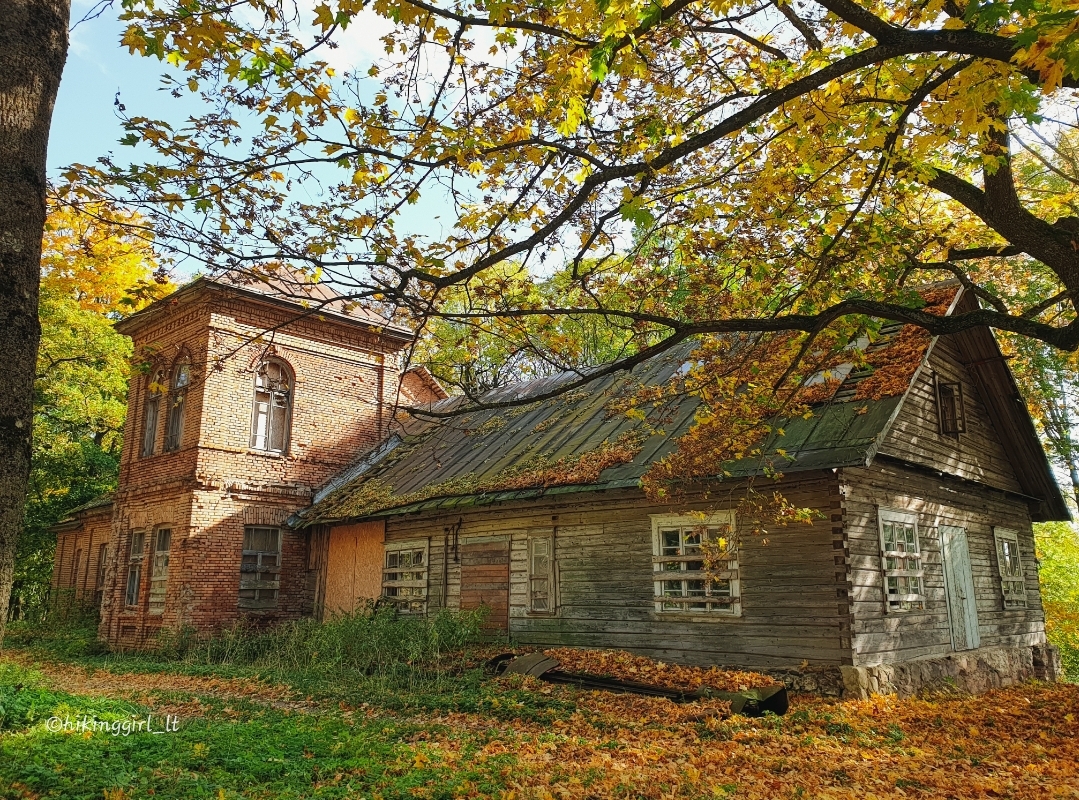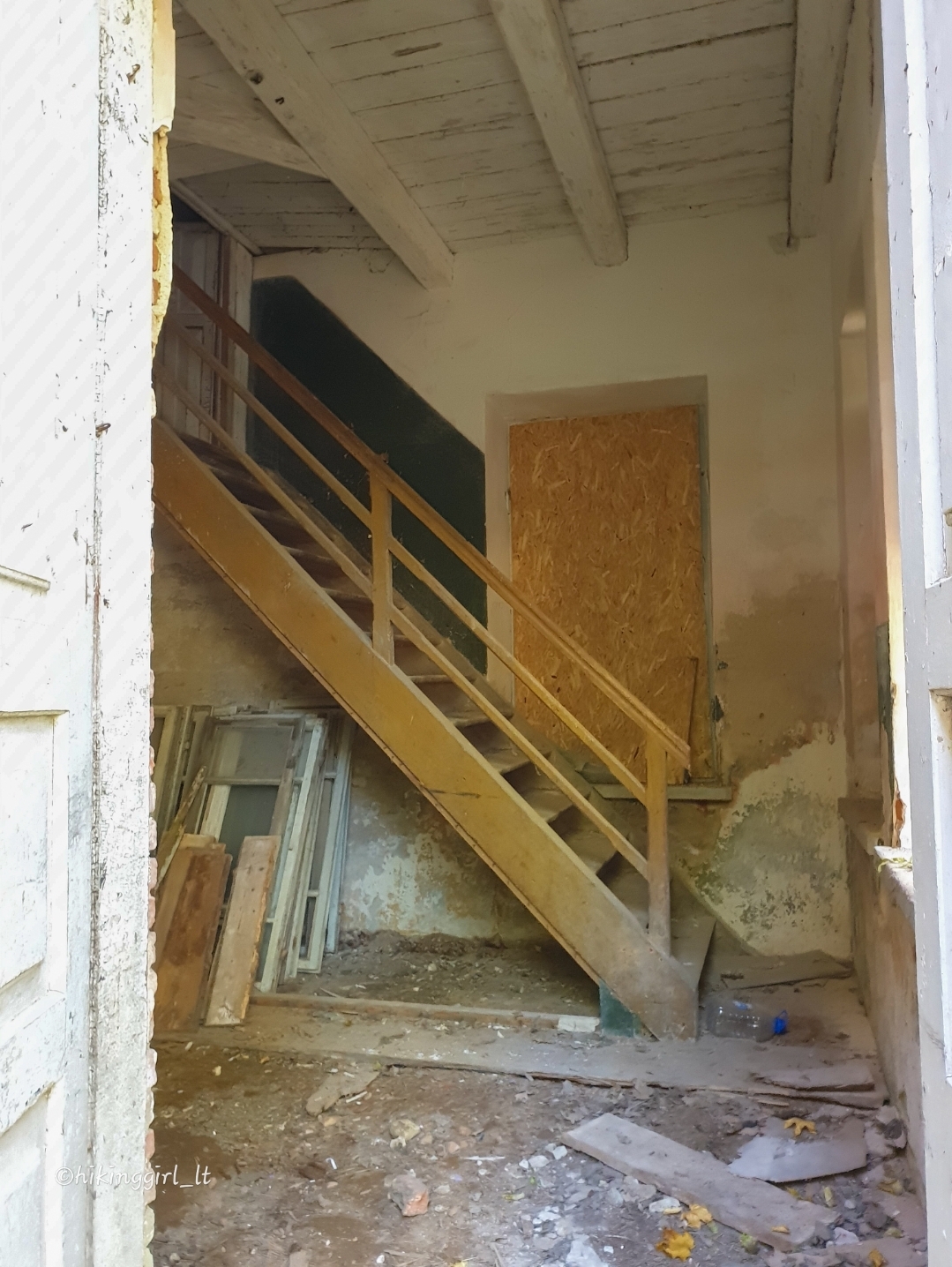Kurėnai Manor

463

1

0
Kurėnai Manor is a cultural heritage site in Ukmergė District, located on the shores of Lake Kurėnai and surrounded by an 11.2-hectare century-old park. Its architectural ensemble developed in the 19th–early 20th century, though its history dates back to the 17th century. The estate features a single-story palace with a two-story red brick tower, a granary, and remnants of a stable. Since 1804, the Kozakovski family resided here, with its members actively participating in the 1831 and 1863 uprisings. The manor is listed in the Register of Cultural Heritage (code 794) and has the potential for adaptive reuse while preserving its authentic architecture.
Info
-

Manors

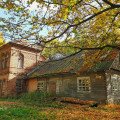


Whats new?
Nearby attractions
Nearest museums

 Entertainment
Entertainment
 Food establishments
Food establishments





























 55.312443, 24.769836
55.312443, 24.769836
 Get directions
Get directions








